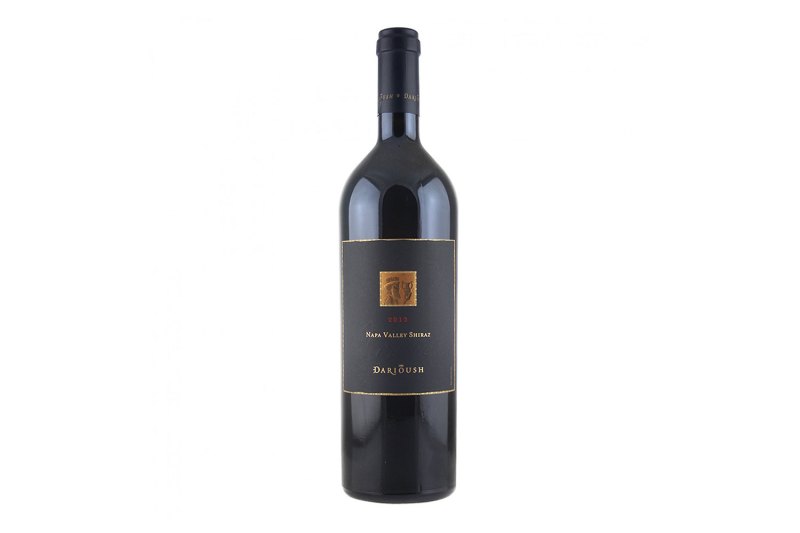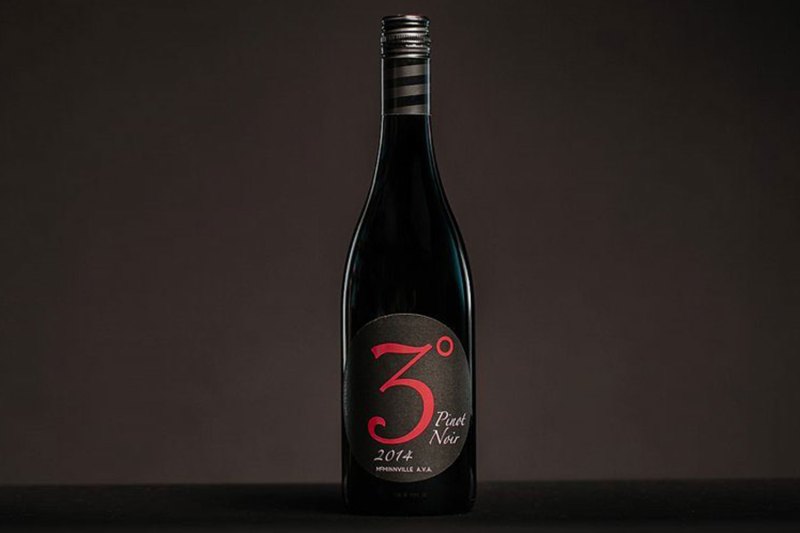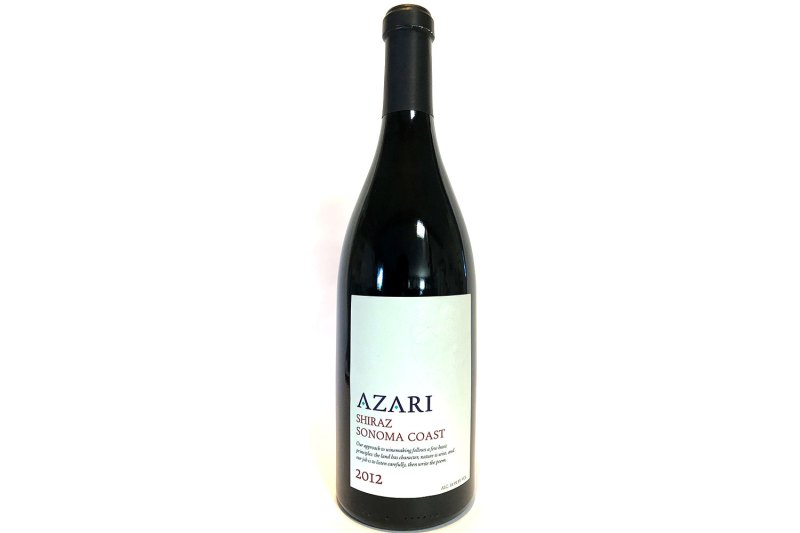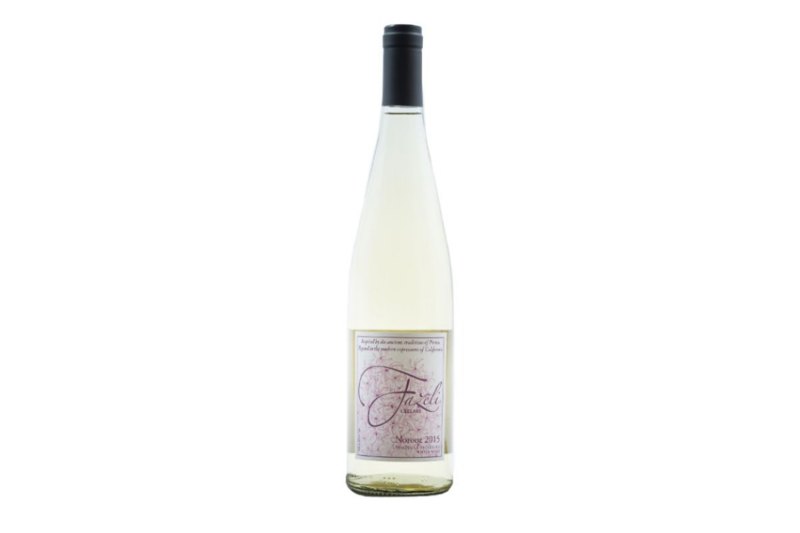Way, way back, the city of Shiraz was a place known for its wine. The vibrant Iranian town produced and enjoyed a fair bit of the stuff, gaining a vast reputation for fermented fruit.
The Persian region is home to some of the oldest evidence of enology on the planet. Vessels caked in tartaric acid, a byproduct of winemaking, have been found that date back to 5400 BC. They were discovered in the Zagros Mountains, the rugged range of peaks that makes up Iran’s western border.
Such rich history means plenty of corresponding mythology. One of the best tales involves a heartbroken girl rejected by the king. Suicidal, she ate rotten table grapes, seeking to end her life. As you might guess, she survived, and even got a little drunk. She reported her findings to the king and a glorious wine scene was born.
It’s estimated that until the revolution of 1979, as many as 300 wineries operated within Iran’s borders. Today, the industry is mostly forbidden, save for a few non-Muslim operations. However, there are almost certainly a few clandestine operations (producers, importers, etc.) as well, given that some reports say Iranians still drink a modest amount of wine per year, illegal as it may be. And there are the reports of the well-to-do, partying on weekends and even making some of their own wine at home.
So while the wine scene has been very limited in Iran for the last 41 years, the region as a whole over the course of civilization has largely embraced the stuff. It shows up in old paintings and literature (although the word wine has been outlawed in modern writing). And it makes sense, given the climate and elevation. Shiraz is set up quite high, giving it favorable diurnal shifts and a good grape-growing aspect.
While some suggest that today’s Shiraz wine (made from Syrah) owes its name in part to the historic central Iranian city, there’s not much to the claim. In fact, much of the wine that indigenous to the Shiraz area and enjoyed by its people was white, ranging from dry to sweet. It was typically fermented in amphora, both commercially and by families at home.
It’s pretty much impossible to taste anything alcoholic that’s made in Iran today. There are rumors of renegade winemakers smuggling Iranian-grown fruit across borders and making small amounts to be shipped to select spots, but very little evidence to back that up. Fortunately, there are other creative ways to taste a bit of the Persian tradition. Several wineries in the States were launched by Iranians and look to craft something that honors their homeland, not to mention its prehistoric relationship with wine.
A few to look out for:
Darioush

This California operation wears its Iranian heritage proudly, including Persian architecture at its winery and tasting room. Run by Darioush and Shahpar Khaledi, the eponymous outfit specializes in Syrah, Pinot Noir, Merlot, Cab Franc, Chardonnay, and more.
Maysara

Based in the Willamette Valley, Maysara was started by the Momtazi family, originally from Iran. The winery looks after a celebrated biodynamic vineyard in the McMinnville AVA and makes fantastic Riesling, as well as Pinot Gris, and Pinot Noir.
Azari Vineyards

Set in the beautiful Petaluma Gap of northern California, this label was started by Iranian-born Kamal and Parichehr Azari in the late 1980s. Azari Vineyards focuses on Pinot Noir, Syrah, Petite Syrah, Riesling, and some Cabernet Sauvignon.
Fazeli Cellars

Fazeli is situated in the sunny Temecula region of southern California. The label began with its first vintage in 2006, led by Persian owner Bizhan Fazeli. The wine program is based around Syrah but is quite expansive, including some dessert wines, whites, Can Franc, Sinsaut, and more.


